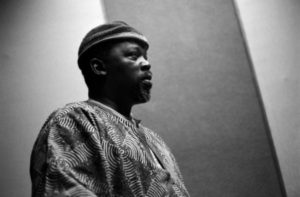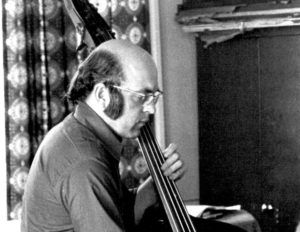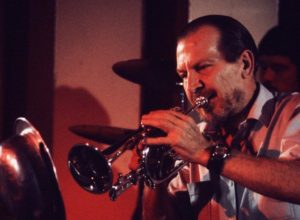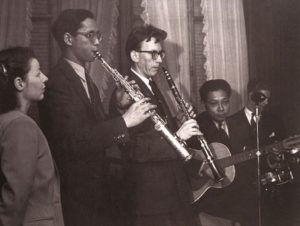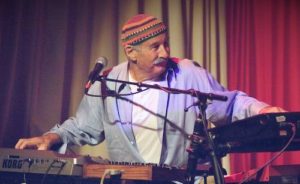Al Bowlly
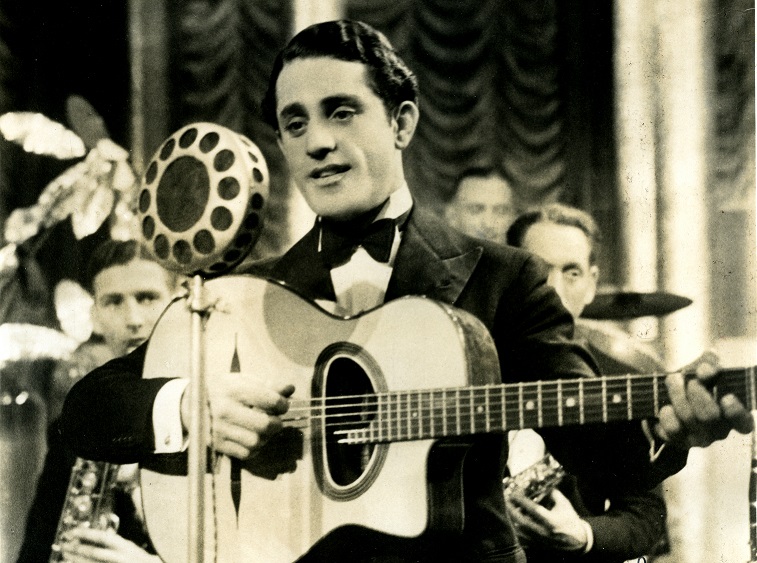
Singer-guitarist Al Bowlly (1899-1941) was one of the most popular singers in 1930s Britain, with a distinctive and instantly recognisable warm tone. He was born in Lourencou Marques in Mozambique, which was under Portuguese colonial rule at the time. His father was Greek and his mother Lebanese. The family moved to South Africa, and Bowlly grew up in Johannesburg, where he played guitar and banjo with local bands. He joined a band led by Edgar Adeler playing Hawaiian music – Bowlly singing and playing ukelele – on a tour of India, Malaysia and Singapore. Bowlly was fired after an argument after an argument with Adeler and briefly joined a Filipino jazz group in Surabaya and worked with Russian pianist Monia Liter at the Raffles Hotel in Singapore. Having reconciled their differences, Adeler invited Bowlly to join him in Berlin, where the singer made his debut recordings in 1927.
From Germany, Bowlly travelled to London and found work with the Filipino bandleader Fred Elizalde at the Savoy Hotel in 1928. From 1930, he began fruitful association with Ray Noble‘s orchestra. He was with Roy Fox in 1931 and Lew Stone from 1933. Throughout the decade, Bowlly made hundreds of records and became a popular figure on BBC Radio. He travelled to USA with Ray Noble in 1934, where Noble’s band included Glen Miller, Bud Freeman, Claude Thornhill, Charlie Spivak, Johnny Mince and Pee Wee Erwin. The band achieved great success and Noble elected to stay in America while Bowlly returned to Britain in 1937, though vocal problems required him to undergo surgery on his throat. The early years of World War Two saw him touring nationally, and forming a double act with fellow singer-guitarist Jimmy Mesene. He also played with Sydney Lipton‘s Grosvenor House band, which included trombonist (and future bandleader) Ted Heath. In 1940, Bowlly also appeared live and recorded with Ken ‘Snakehips’ Johnson‘s West Indian Orchestra and the Henderson Twins – sisters of entertainer Dickie Henderson. Following a concert with Mesene in April 1941, Bowlly returned hom to his flat near Piccadilly Circus. A German parachute mine detonated at 3am, and Bowlly appears to have been killed instantly. He was just 43 years old, but left behind him more than a thousand recordings.
Key Recordings:
With Ray Noble, Ken ‘Snakehips’ Johnson, etc
